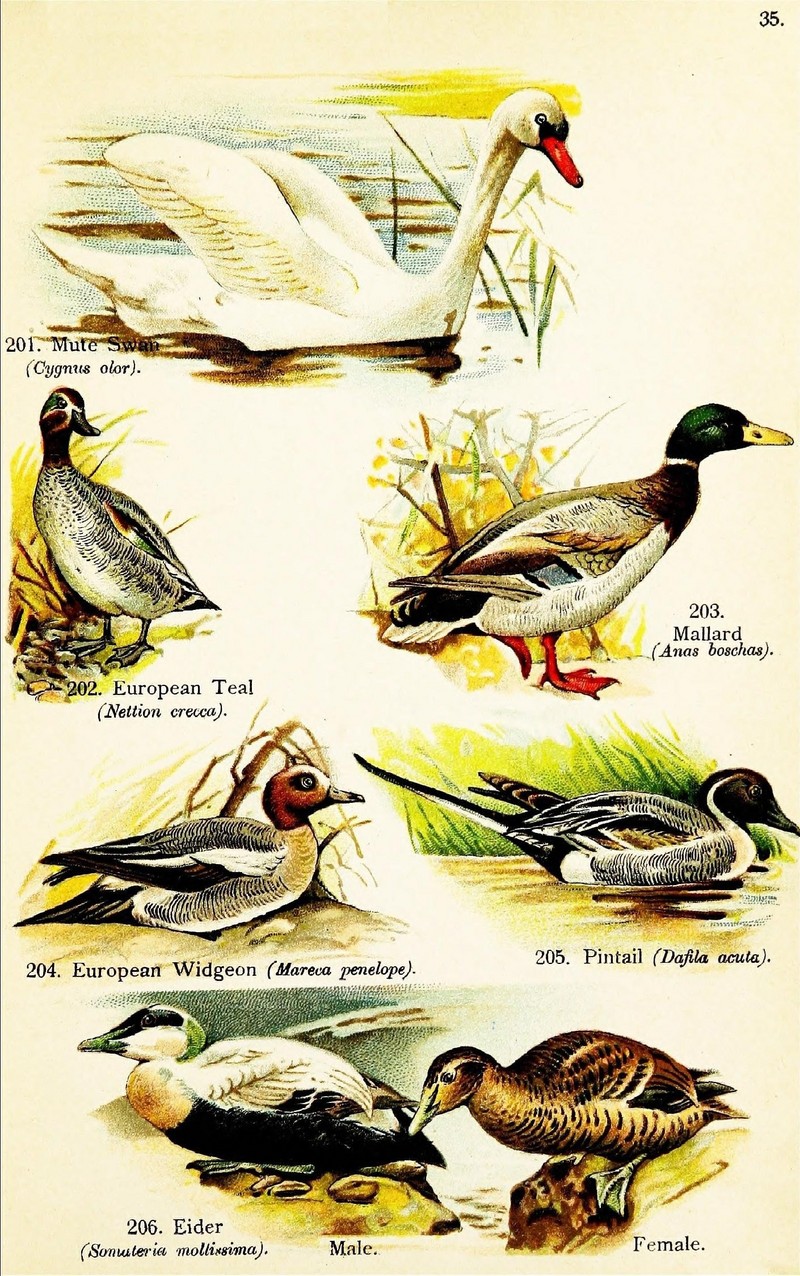|
| Query: bird | Result: 1116th of 32671 | |
mute swan (Cygnus olor), common teal (Anas crecca), wild duck (Anas platyrhynchos), Eurasian widgeon (Mareca penelope), northern pintail (Anas acuta), common eider (Somateria mollissima)
| Subject: | mute swan (Cygnus olor), common teal (Anas crecca), wild duck (Anas platyrhynchos), Eurasian widgeon (Mareca penelope), northern pintail (Anas acuta), common eider (Somateria mollissima)
| | Poster: | Wiki Photos (---@---.---)
| |

| Resolution: 1410x2249
File Size: 866252 Bytes
Upload Date: 2017:08:18 07:37:17
|
|
|